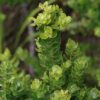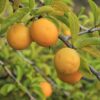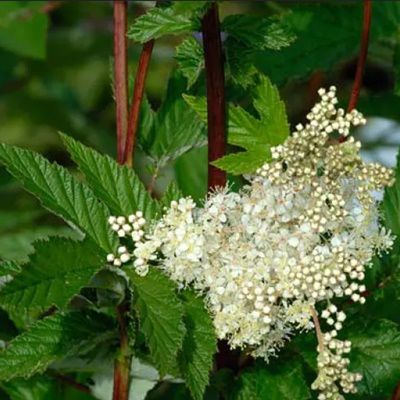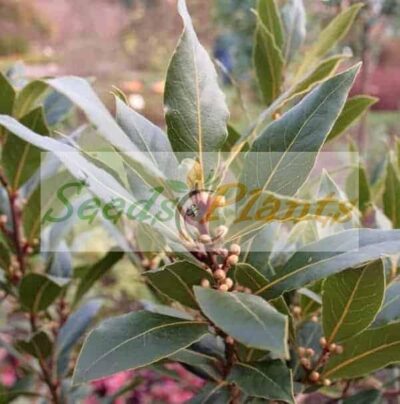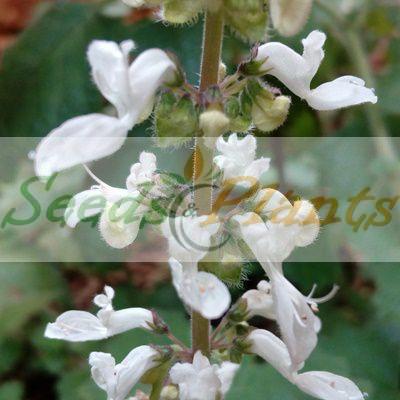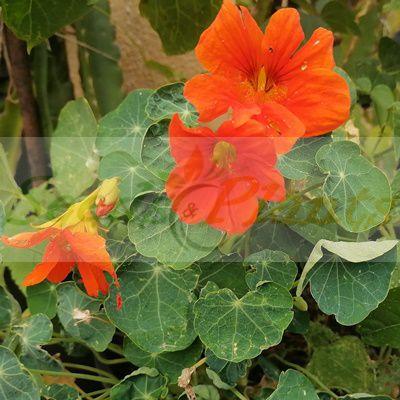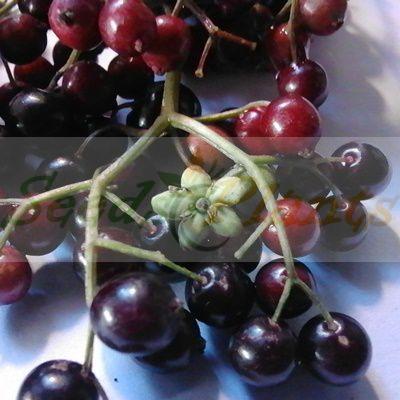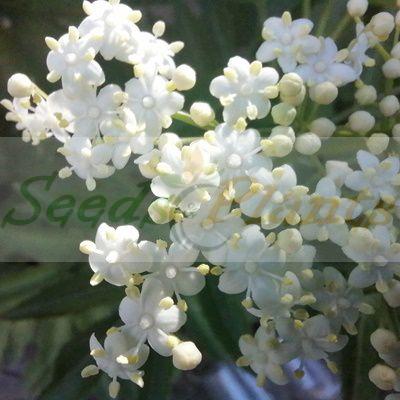🌼 Flower Quick Facts
Flower Info
- 🌍 Origin / Region: Subtropical, Tropical
- 🌸 Flower Color: Lavender, Pink, Violet
Growth Traits
- 🌱 Life Cycle: Perennial
- 🌾 Plant Type: Succulent Vine
- 🪴 Growth Habit: Low-Growing, Spreading, Trailing
Growing Requirements
- 🌞 Sun Exposure: Full Sun
- 💧 Water Needs: Avoid Overwatering, Low Water, Moderate Water
- ☀️ Growing Conditions: Coastal Conditions, Drought Tolerant, Frost Sensitive, Humid Conditions, Wind Tolerant
- 🟤 Soil Preference: Calcareous Soil, Gravel Soil, Poor Soil Tolerant, Sandy Soil, Well-Drained
Beach Morning Glory – 5 Seeds
(Ipomoea pes-caprae)
R30.00
Beach Morning Glory is a perennial, slender, trailing vine with a succulent stem that contains a milky latex. It is a valuable medicinal plant for people around the world.
Common names: Beach Morning Glory, Railroad Vine, Sea Morning Glory, Tapak Kuda, Goat’s Foot, Attukkal and strandpatat.
Indoor Sowing: Spring and Summer.
Direct Sowing: Spring and Summer.
Out of Stock
Email me when the product is back in stock.
🌼 Flower Quick Facts
Flower Info
- 🌍 Origin / Region: Subtropical, Tropical
- 🌸 Flower Color: Lavender, Pink, Violet
Growth Traits
- 🌱 Life Cycle: Perennial
- 🌾 Plant Type: Succulent Vine
- 🪴 Growth Habit: Low-Growing, Spreading, Trailing
Growing Requirements
- 🌞 Sun Exposure: Full Sun
- 💧 Water Needs: Avoid Overwatering, Low Water, Moderate Water
- ☀️ Growing Conditions: Coastal Conditions, Drought Tolerant, Frost Sensitive, Humid Conditions, Wind Tolerant
- 🟤 Soil Preference: Calcareous Soil, Gravel Soil, Poor Soil Tolerant, Sandy Soil, Well-Drained
Beach Morning Glory (Ipomoea pes-caprae) is a perennial, slender,trailing vine with a succulent stem that contains a milky latex. It is a valuable medicinal plant for people around the world. They only grow to a height of 10-12 cm, but can grow up to 25m in length, as the nodes along the stems root when touching the ground.
The vine forms dense mats on beaches and sand dunes in tropical and subtropical coastal areas around the world. The plant prefers calcareous and quartz sand. It also grows on gravel beaches and cliffs. It is tolerant of high temperatures, strong winds and salt sprays. It has bright green, glossy leaves and showy funnel-shaped pink, lavender, violet, or rarely white flowers. Can be grown as a ground cover and grows well in containers as well.
It flowers in summer and early autumn. On sunny days, flowers open in the morning and close in the afternoon. On cloudy days, the flowers open only for a short time during the day. The petals fall off a day after opening. The flowers are self-incompatible and require cross-pollination for successful seed set.
Common names: Beach Morning Glory, Railroad Vine, Sea Morning Glory, Tapak Kuda, Goat’s Foot, Attukkal and strandpatat.
Medicinal Uses:
It is used in the treatment of colds, flu, gonorrhea, syphilis, parasitic infections, as a laxative and also and to treat stomach and intestinal complains.
Growing Beach Morning Glory
Indoor Sowing: Spring and Summer.
Direct Sowing: Spring and Summer.
- First Scarify the seeds with sand paper.
- Then soak the seeds in water for 4 days, or until the seeds are visibly swollen.
- Sow the seed 5 cm deep into a tray that contains beach sand or else a soil mixture of sand and coco peat.
- Place the tray in a sunny area and water regularly.
- Thrives in full sun in dry, nutrient-poor, well-drained sandy soils.
Disclaimer
Medicinal Information:
All medicinal information on this website is for educational and informational purposes only and may not be construed as medical advice. The information is not intended to replace medical advice or treatment offered by healthcare professionals.
Seeds, Plants, Plant Cuttings, Geophytes and Dried Herbs:
In some countries and provinces, certain plants are deemed as invasive and are not allowed to be planted at all, whilst some plants are allowed to be grown only in certain areas or provinces. The onus is on you as the buyer to familiarize yourself with the regulations pertaining to your location, before purchasing any of our seeds, plants, plant cuttings, geophytes or dried herbs. We will not be held liable, should you purchase any seeds, plants, plant cuttings, geophytes or dried herbs. from us which are prohibited in your country or province.

